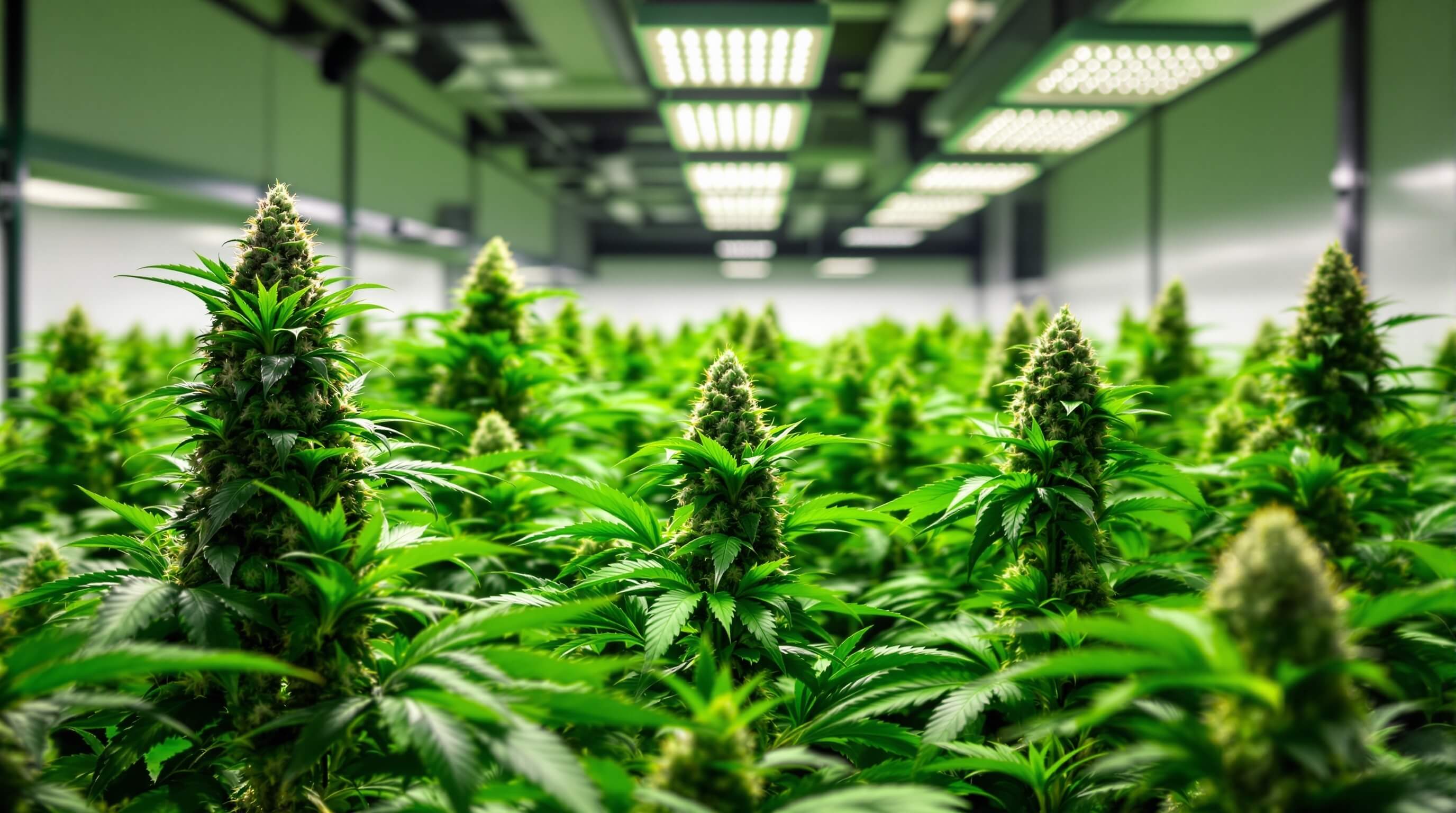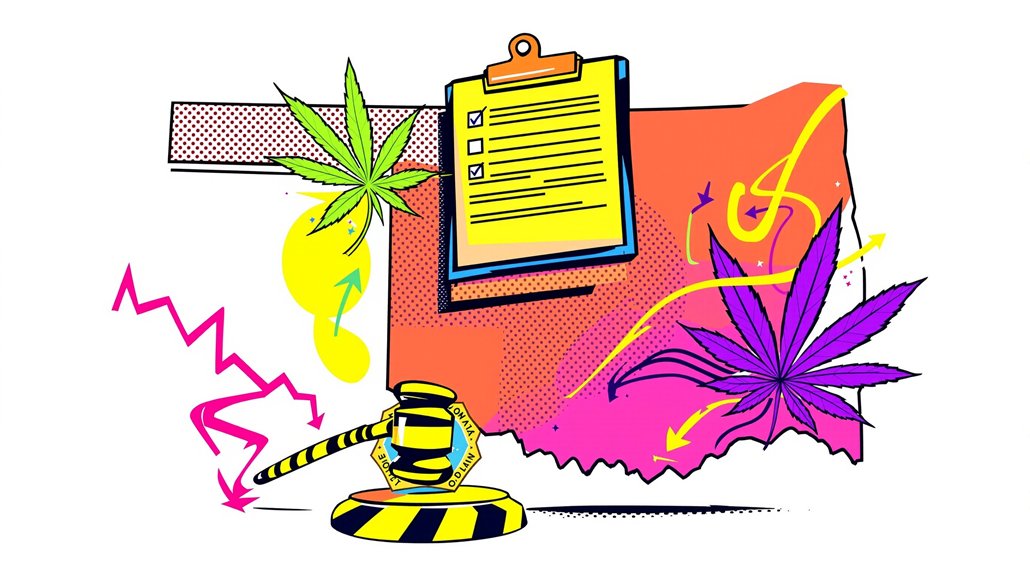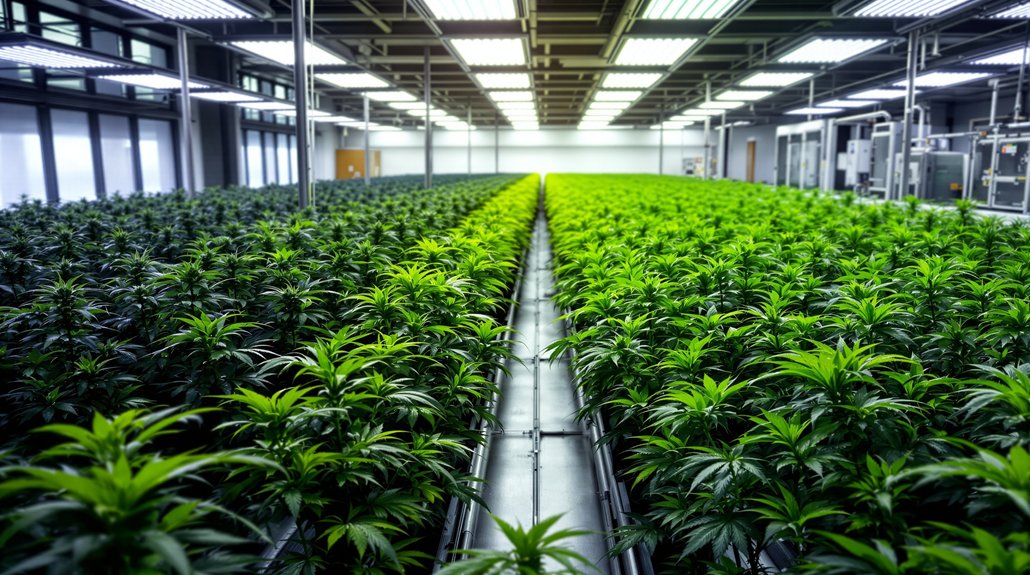Every entrepreneur entering the cannabis cultivation industry faces a complex maze of regulations, capital requirements, and market dynamics that can make or break their venture before the first seed hits soil. The cannabis industry generated $31.4 billion in U.S. sales during 2024, yet newcomers consistently underestimate the financial and operational hurdles that separate successful growers from those who never make it to harvest.
Most aspiring cultivators drastically underestimate startup costs. Mid-sized commercial operations typically require $1 to $5 million in upfront investment, far exceeding the budgets many entrepreneurs initially plan. The banking challenges compound this reality as federal restrictions force many operators into all-cash transactions, creating additional security concerns and limiting traditional financing options. These financial constraints catch operators off guard when combined with ongoing expenses like regulatory fees, specialized utilities, and mandatory security systems.
Regulatory compliance represents another major blind spot for newcomers. The industry operates under a patchwork of state-by-state laws, with interstate commerce still prohibited at the federal level. Each state maintains different licensing requirements, often involving complex applications, extensive background checks, and substantial fees. License caps and local approval requirements create additional bottlenecks that can delay operations indefinitely. Annual renewals and inspections maintain ongoing compliance obligations that many operators overlook during initial planning.
California leads the market with $1 billion in wholesale crop value, but even established markets maintain strict regulatory frameworks. Implementing seed-to-sale software is essential for tracking every plant from cultivation to consumption and ensuring compliance with state regulations.
Real estate and zoning issues frequently derail well-funded operations. Finding compliant properties proves challenging as zoning laws restrict cannabis operations to specific locations and facility types. Property prices inflate in designated green zones due to limited availability, while specialized HVAC, lighting, and security installations drive up development costs. Site approval delays increase pre-operational expenses and extend the timeline to revenue generation. Understanding market dynamics becomes crucial as price compression among cannabis brands has led to significant declines since 2021.
Market realities also surprise new operators. Average retail prices dropped 32% since 2021 as legalization spreads, creating pricing pressures that squeeze profit margins. The industry now supports over 440,000 full-time jobs across approximately 13,297 licensed farms as of 2022, intensifying competition in established markets. Cannabis ranks as the sixth most valuable cash crop nationally, but success requires sophisticated understanding of cultivation technology, integrated pest management, and seed-to-sale tracking systems.
Modern operations leverage automation, advanced genetics, and precision climate control to optimize yields while maintaining regulatory compliance. Sustainable practices like LED lighting and water recapture systems help control operating costs. However, failing inspections or policy violations can result in license loss or substantial fines, threatening business viability.
The path to profitable cultivation demands thorough preparation across regulatory, financial, and operational fronts, areas where most newcomers fall short.










